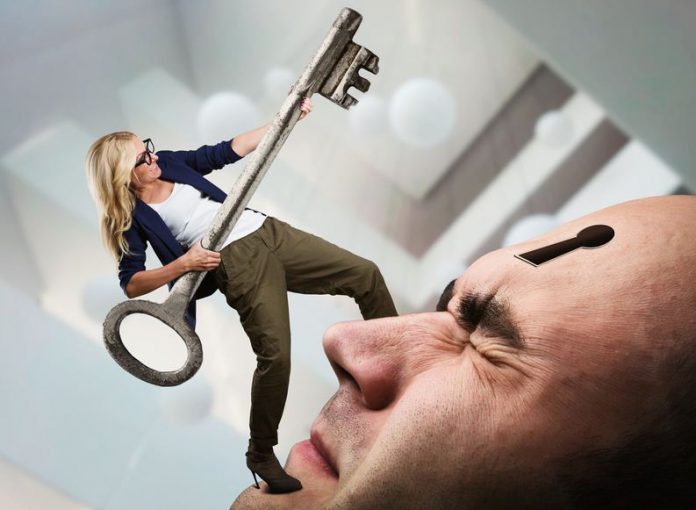In Part 1 of “Anatomy of a Successful Hypnosis Session,” we discussed the importance of the pre-induction interview.
Through this process, the hypnotist creates an atmosphere for optimal success by enhancing the client’s imagination and imbuing the client with a powerful mental expectancy of success.
In Part 2, we will consider the remaining two components of a successful session: the actual trance work and the post-hypnotic interview.
The second component — the actual trance work — comprises four parts:
1. The induction
2. Deepening the level of trance and testing
3. The therapy suggestions, and
4. The release
When many people think of hypnotic induction, they envision a hypnotist swinging a watch or pendulum to induce trance.
Others may assume that trance is achieved through the use of a progressive relaxation technique. Certainly, each of these can be effective. But which induction method is best?
The rule of thumb for any good hypnotist is: “The later in the day, the shorter the induction should be.”
Think about it. The later it is in the day, the more tired the client is likely to be and a long progressive-relaxation induction could actually put the client to sleep!
So the use of a rapid-induction technique (for example, the eye-closure technique taught by Dave Elman) makes more sense. It also saves time and is just as effective as fractional relaxation techniques.
After the induction, the hypnotist deepens the level of trance. This can be done in any number of ways, including:
– counting backward with disappearing numbers
– re-induction
– the arm-drop technique
– inferences and misdirection
Again, there are various techniques the hypnotist can use to test the client and determine whether the client has reached a working state of hypnosis.
Some examples are:
– the eye-catalepsy test
– the hand-clasp test
– the rigid arm test
– automatic motion
If with testing the hypnotist finds that the client is not at the desired level, the hypnotist can continue the deepening process through fractionation (i.e., repeated induction/awakening).
The third element of the hypnotic process is the actual therapy — the suggestions needed to create change in the client.
This critical element — selecting the right therapy for the client — is guided by the information that the hypnotist gathers during the pre-induction interview.
As discussed in Part 1 of “Anatomy of a Successful Hypnosis Session”, it is not unusual for the client to miss the mark when self-diagnosing the problem.
The client is diagnosing from a conscious level when the true problem lies in the subconscious realm.
Nevertheless, this information is important to the hypnotist in developing a successful approach. If, for example, the client says that his or her problem is depression, simply providing positive suggestions to “feel better and better every day” will not work.
A more effective approach would be to use non-directed regression to isolate the cause of the depression and reframe the experience to diffuse the effects of the trauma.
The hypnotist would then follow this with strongly compounded positive post-hypnotic suggestions.
The fourth element of the hypnotic process is the release. The hypnotist brings the client back to awareness — usually with a simple counting technique — increasing the volume of voice and removing any sense of discomfort that the client might bring from the session.
Throughout this second component (the actual trance work), the hypnotist’s most important tool is his or her voice.
It is the bridge between client and hypnotist through which appropriate suggestions and guidance are delivered to the client’s subconscious. And the subconscious mind is emotional, not rational.
It responds best to emotional words and phrases. So the successful hypnotist uses a voice enlivened with emotion — not deadened into a monotone — to draw a response from the client’s subconscious.
The final part of a successful hypnosis session — the post-hypnotic interview — is the most overlooked and the most often neglected.
Most people do not realize that the client remains in a hyper-suggestive state for 60-90 seconds after the client opens his or her eyes. This time can be used to maximize results by reinforcing or compounding the suggestions that were given to the client during trance.
It is an opportunity for the hypnotist to use direct-suggestion techniques to create instant and permanent acceptance of those suggestions.
Considering all the elements required for a successful hypnosis session — the pre-induction interview, the session itself, and the post-hypnotic interview — it is easy to see why a good hypnotist must be well-organized as well as skilled.
Like the good travel agent, the successful hypnotist must plan each step of the hypnosis trip. The result of this careful planning and skillful execution is a positive outcome every time for every client.

